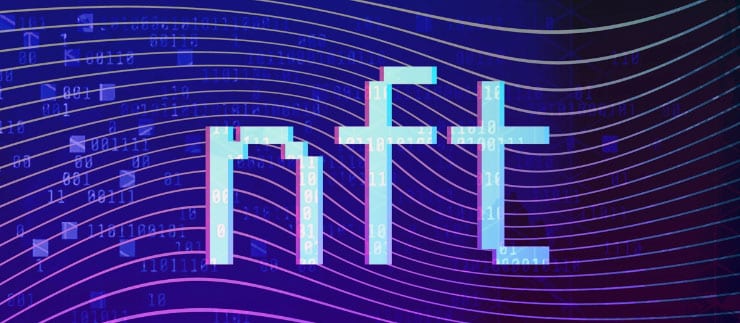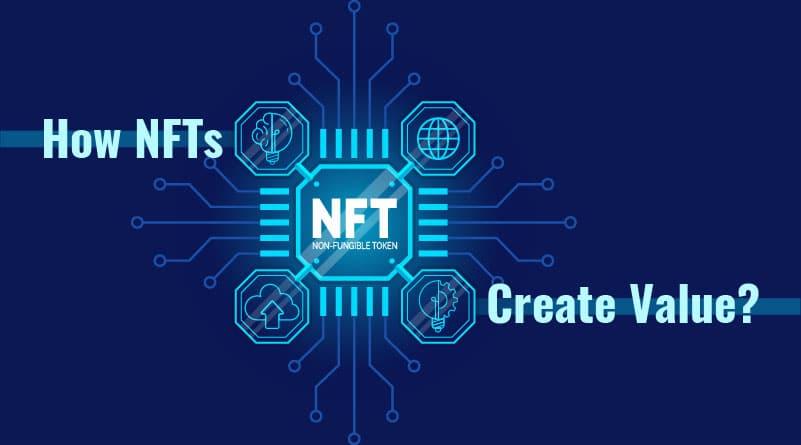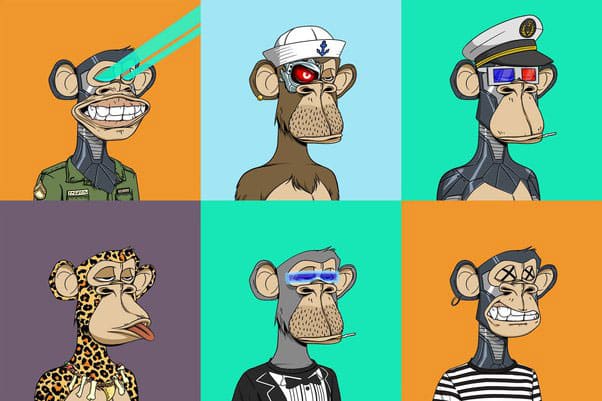
In March 2021, an artwork named Everydays: The First 5000 Days, was sold for $69 million. It is not a new thing for a piece of art to be sold for an eight-figure price. However, this one got much attention because the art was sold as a non-fungible token (NFT). An NFT is an electronic record that represents an image that can be found in the digital world.
To put the above story differently, someone bought a picture on the internet for almost $70 million.
The popularity of NFTs has surged since then, attracting the attention of celebrities and notable figures globally. Today, NFT sales worth hundreds of millions of dollars are recorded daily on NFT marketplaces such as OpenSea, Rarible, SuPerRare, and others. This has left many people with questions on what gives NFT value, especially considering that NFTs only represent the “ownership” of a digital artwork that one can download for free. This article has everything about NFT value explained.
What gives NFT value?
So, how is the value of an NFT determined?

NFTs are not restricted to physical assets like paintings that have a real-world value attached to them. They can also be used to represent digital assets like social media posts that have no price tag.
This means that the NFT market value is determined by the asset that it represents on the blockchain. If the NFT represents a physical asset such as real estate, it will represent its price on the blockchain. When it comes to digital assets which don’t come with a price label, then the NFT value will be speculative. In such a case, the value of an NFT will be determined by the market, demand, and supply.
See this as a type of artwork in which the value of each piece is determined by the market sentiment and the amount potential buyers are ready to buy it for. This allows the seller to set the price they desire for the NFT. Whether the NFT seller will get a buyer willing to pay that price is a different thing.
When these two factors come together, that is, the seller’s set price and buyer’s willful costs, they decide the value of an NFT. This is what happens with assets that don’t have a real-world price tag.
How does NFT gain value?

After creating an NFT art, you may ask yourself…
Will NFT art go up in value?
Below are the factors that determine whether the NFT market value will go up:
1. Rarity
The demand and scarcity of an NFT are directly proportional to each other. Unique artworks from popular illustrators can make rare NFTs as well as NFTs minted by top celebrities. Rare game items can also fall under this category. The rarity factor causes a rise in the value of an NFT. Hence, you can use rarity to check value of NFT.
The First 5000 Days by Beeple and the First by Jack Dorsey are good examples of NFTs whose value benefitted from the rarity factor.
2. Utility
Utility is a key factor to consider when determining whether will NFT art go up in value. For an NFT to be valuable, it must be useful in real-life. NFTs can be used to tokenize precious metals, securities, and real estate. Since the NFT industry is relatively new, more use cases are expected to emerge as it matures.
Immediately after minting, the NFT market value comes from its characteristics. So, how does NFT gain value with time? The gain in NFT value will depend on the utility and the strength of the project represented by the NFT.
3. Tangibility
NFTs that represent real-world objects have an element of tangibility. NFTs provide a good way of imposing ownership rights and eliminating fraud in the ownership of assets.
NFTs with tangible value are good for both short-term and long-term trading. NFTs such as tickets may have expiry dates while NFTs like those tokenizing real estate can record a rise in NFT market value with time.
4. Speculation
Speculation is one of the factors that cause the value of an NFT to rise. Although some analysts disregard speculation as a driver of valuation, speculation is natural to people, hence, we can’t disregard it practically.
Even in the traditional financial system, speculation plays a great role in instruments such as derivatives. Thus, it’s not a surprise for speculation to be an important factor when checking NFT value. Some events can trigger speculation and cause changes in the NFT market value.
5. Liquidity Premium
High liquidity causes an increase in the value of an NFT. There are several secondary markets where NFTs can be traded, giving buyers quick access to NFTs. Traders prefer to invest in NFTs with a high trading volume since high liquidity makes it easy for them to make more NFT profit. Highly liquid NFTs are also less likely to lose their value even when the associated platform shuts down. Thus, liquidity increases the NFT market value.
